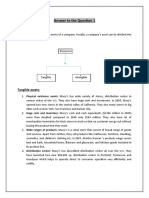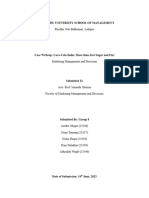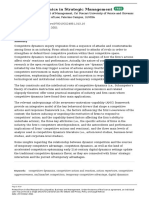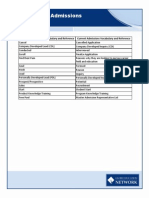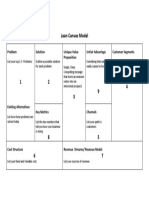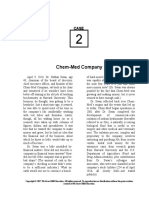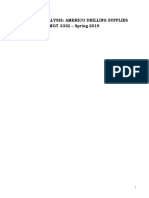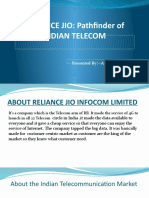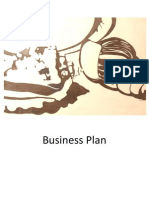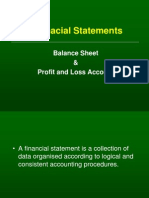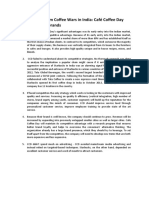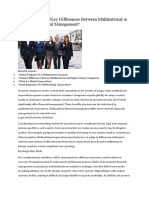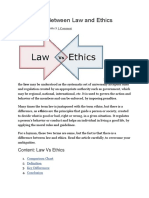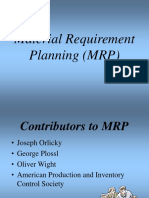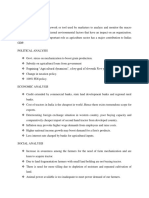0% found this document useful (0 votes)
259 views2 pagesCoffee Wars in India: Café Coffee Day Takes On The Global Brands
Coffee consumption in India has grown significantly in recent decades, though it remains much lower than tea consumption. Several coffee chains have established themselves in India since the 1990s, including Café Coffee Day (CCD) in 1996. CCD has become the dominant player in India's organized café market, holding over 60% of the market share by 2013. As global coffee brands like Starbucks have now entered the Indian market, CCD faces new competitive challenges in defending its leading position.
Uploaded by
ARJUN VCopyright
© © All Rights Reserved
We take content rights seriously. If you suspect this is your content, claim it here.
Available Formats
Download as DOCX, PDF, TXT or read online on Scribd
0% found this document useful (0 votes)
259 views2 pagesCoffee Wars in India: Café Coffee Day Takes On The Global Brands
Coffee consumption in India has grown significantly in recent decades, though it remains much lower than tea consumption. Several coffee chains have established themselves in India since the 1990s, including Café Coffee Day (CCD) in 1996. CCD has become the dominant player in India's organized café market, holding over 60% of the market share by 2013. As global coffee brands like Starbucks have now entered the Indian market, CCD faces new competitive challenges in defending its leading position.
Uploaded by
ARJUN VCopyright
© © All Rights Reserved
We take content rights seriously. If you suspect this is your content, claim it here.
Available Formats
Download as DOCX, PDF, TXT or read online on Scribd
/ 2


